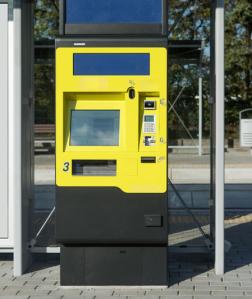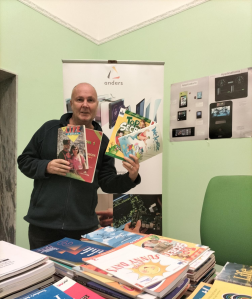The electric vehicle (EV) market is projected to reach USD 802.75 billion by 2028, expanding at a CAGR of 21.6% during the forecast period, 2021 - 2028.
Deloitte forecasts that over 25.3 million pure electric vehicles will be sold by 2030. With the rise in EV use, there will be greater strains on countries’ charging networks, and private businesses are perfectly placed to capitalise on the growing demand for public EV chargers (EVC).
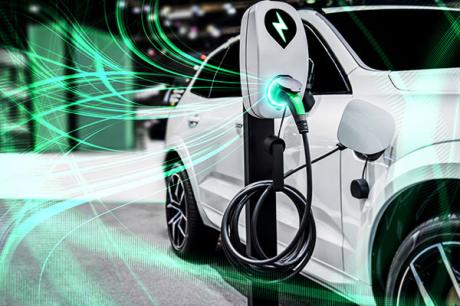
Anders is driving the Electric Vehicle Charging Station (EVC) market down a new road towards touch display technology, here is how:
The challenge
A leading brand within the EVC market approached us as they wanted to develop their charging system to a new generation HPC (High Power Charger) in accordance with market drivers and the need to scale as the market volume increases.
High Power Chargers (HPCs) refer to Level 3 DC fast charging at a rate of 50 kW or more. Based on a variety of industry announcements, using variants of current battery chemistries and battery pack designs, the time to recharge is expected to be reduced to below approximately 15 minutes to charge to 80%.
They’re key demands included the requirement for:
- Optical excellence through best-in-class displays
- To be able to withstand conditions in an outdoor environment, including extremes in temperature, rain, dust and grit
- To be robust and vandal proof
- Aesthetically pleasing to meet their brand values
- The user engagement to be a positive experience
- The embedded system to be able to support processing demands of fast charging and driving the User Interface GUI and any long-term updates
- Industrial operating temperatures and long production lifetime
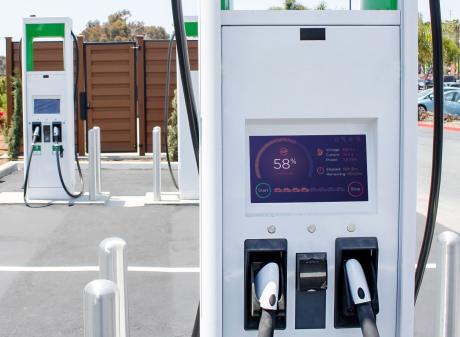
The solution
At Anders, we need to be able to deliver the technology that is currently available to us, but also stay abreast of future technological trends within emerging markets. We work side by side with our customers to integrate the best solution which will help them reach their goal to lessen the gap between the time it takes to charge, versus fuel/refuel.
We are constantly reviewing our embedded systems to achieve that desired state and was able to provide a customised motherboard based around a low-cost ARM System on Module that takes care of the high-level communications coupled with a microcontroller which manages the charging circuitry.
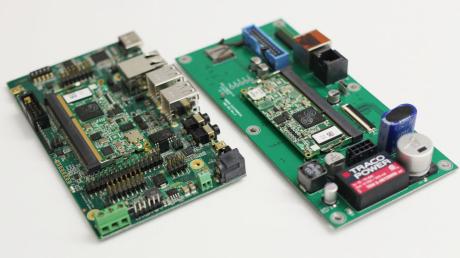
For the superior viewing experience that was required by our customer in the EVC industry, we suggested a high bright TFT display with Capacitive Touch.
The main environmental concern was reliability of the touchscreen in the rain. By conducting extensive testing, we were able to fine tune the IC firmware to ensure raindrops were seen as false touches, and human touches (with and without gloves), were correctly reported as real user inputs.
The coverlens was customised and optically bonded, a process which dramatically reduces the internal reflections produced between the coverlens, sensor and display layers by filling the air gaps in between those layers with optically clear adhesives.
This not only makes a huge difference to screen readability in brightly lit and outdoor environments, but also greatly improves the mechanical strength of the display. Key benefits of optical bonding include:
- Improved readability in sunlight
- Reduces reflections
- Prevents condensation build-up between layers
- Up to 4 times higher contrast ratio
- Improved ruggedness and durability
- Lower power consumption
We also provided the display with strengthened glass. This can be achieved using different methods to ensure it can perform perfectly within varying environments, from extreme heat to extreme cold and to protect it from those who may aim to damage.
Of course, the above solution ticks the box in accordance with performance, however, as a leading OEM, our customer needs and wants to ensure that the product that the person engages with meets their brand values and our extensive coverlens portfolio delivered just that.
Options available to our customers include:
- Cut outs and custom shapes
- Oversized glass
- Bevelled edges
- 3D Shaped cover glass
- Logo, icon printing
- Hidden Until Lit (HUL) features
- Spot facing and touch bumps
- Tinted and mirrored glass
And how they can utilise these stylised solutions to completely customise their EVC to ensure it not only meets their brand values but stand out from others in what will become a crowded market.
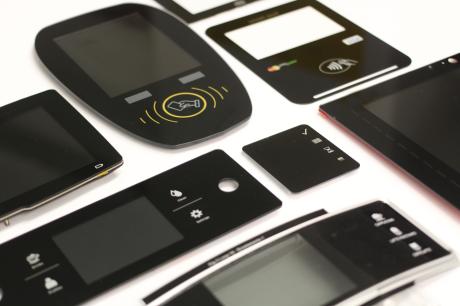
The end product
- 7” WVGA TFT module with 24-bit RGB interface – 16M colours
- Customised rear bezel to support specially adapted metal mounting plate
- Backlight brightness enhancement – 850nits
- Capable of industrial temperature operation
- Customised capacitive touch panel
- Single finger input and gesture support
- Supports water rejection
- EMC: Level 3, conducted susceptibility (10Vrms) immunity
- Customised 4mm cover lens
- Chemically strengthened glass with grinded edges
- Double Anti-Reflection coated
- Anti-Smudge water repellent coated
- UV resistant black ink printed frame
- Pre-fitted gasket on front glass
- Double optical bonding using optically clear adhesive
- Cover Lens/OCA/Touch Sensor/OCA/TFT module
- UV resistant filter
- Embedded solution
- High performance, fanless embedded system to accommodate future software upgrades and ensure ultimate UI performance
- Customer specified connectors and mechanical layout for simple final assembly
- Additional application and system required power circuitry onboard
- Industrial operating temperature and a minimum 10-year production lifetime
Get in touch to get starterd on your next generation EVC interface!

